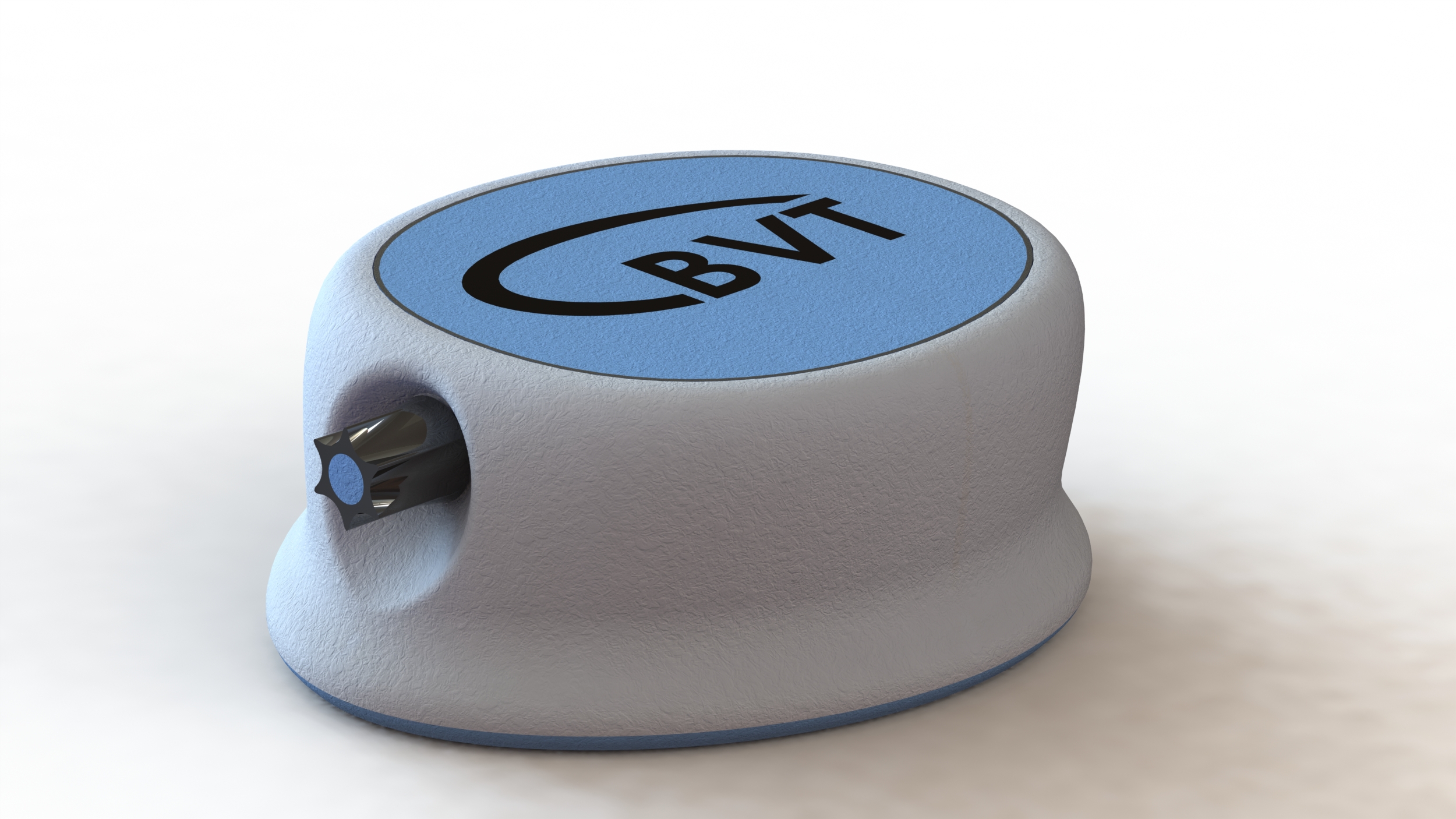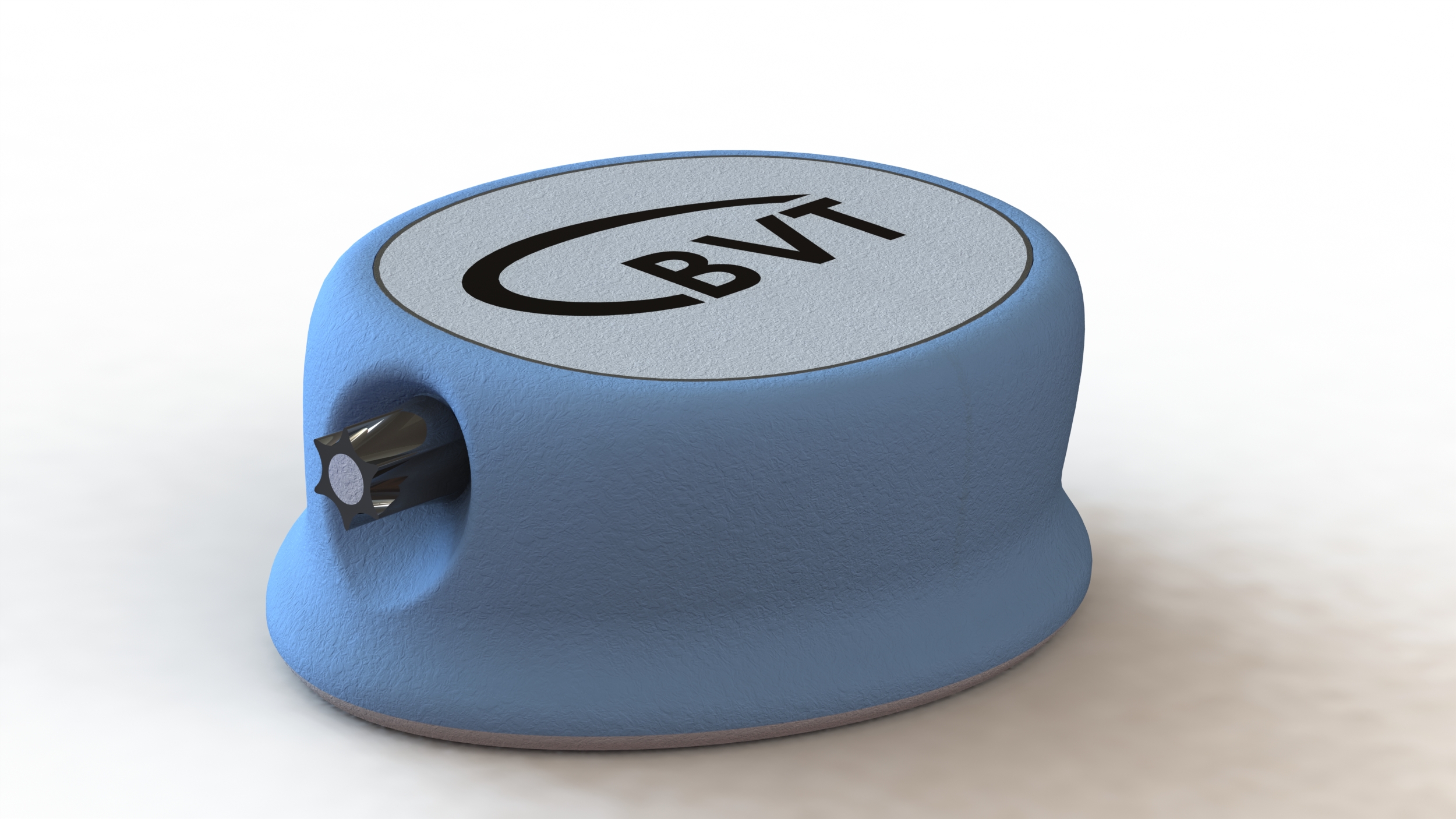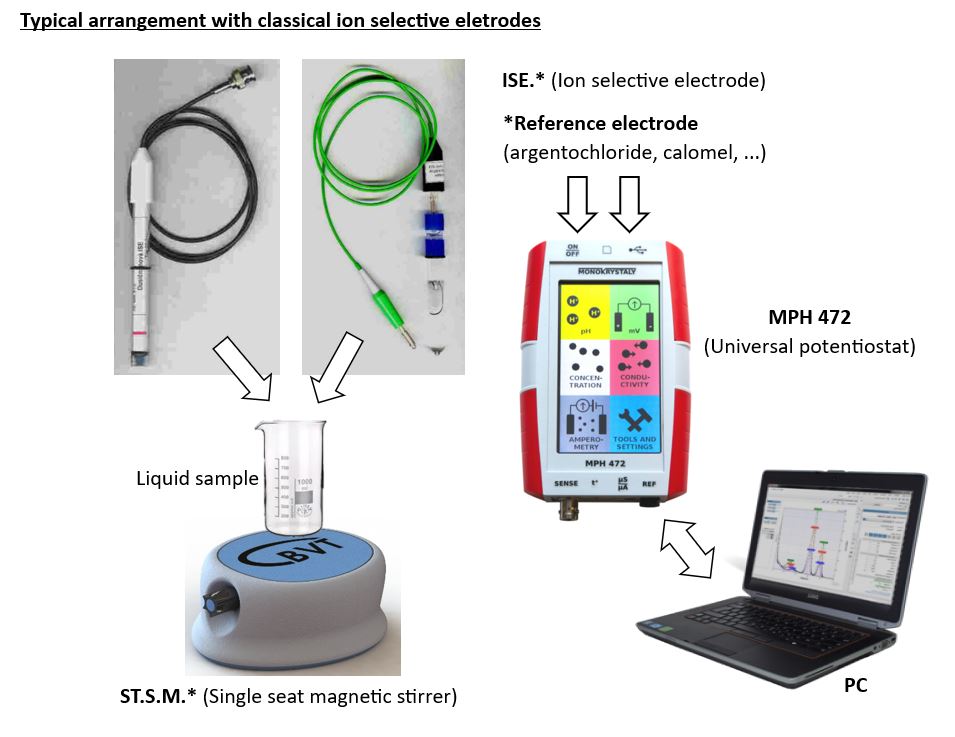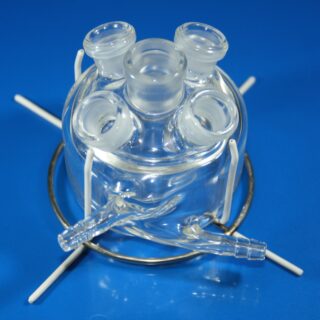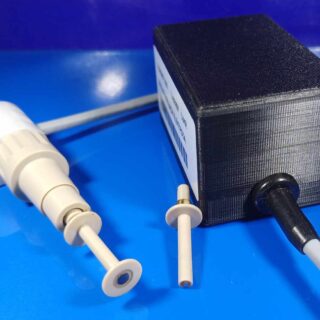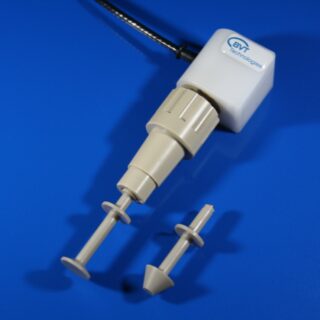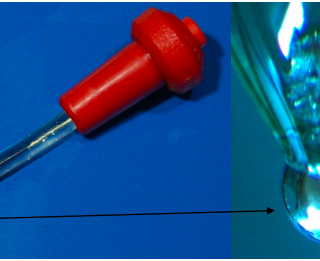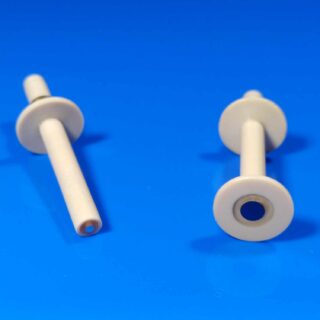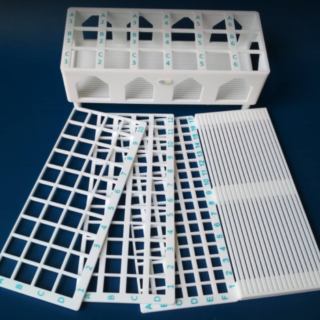Category
- Custom made glass products
- CUSTOMER SERVICES
- NEW PRODUCTS
- Sensors and electrodes
- Custom made and Modified Screen Printed Electrodes
- Stirrers
- Cables and connectors
- Cell
- Potentiostats
- Manual Screen Printer
- Minithermostat
- Pumps
- Accessories
- Kits & Sets
- Discounted SPEs (at a reduced price with visual defects/inconsistancies, but fully functional)
Single Seat Magnetic Stirrer
Single-seat magnetic stirrer without heating used to stir liquids with a stirring bar.
The mixing speed can be changed continuously using the rotary control: 0-255 rpm. Lightweight and easily portable, suitable for mixing liquids with a volume of up to 1 l. The magnetic stirrer includes a connector connected to a 12 V power supply.
Original design of the magnetic stirrer in two colours. Upon agreement, it is possible to produce magnetic stirrers in colours according to the customer’s wishes.
The single-seat magnetic stirrer includes two glass magnetic stirring bars (1 piece of type GMS.1 and 1 piece of type GMS.2 below). It is possible to buy more pieces of glass magnetic stirring bars.
You may also like…
-
TC5 Electrochemical Glass Cell
Read moreBorosilicate glass cell serves for electrochemical measurements. The cell is jacketed.
The analyzed solution can be thermostated by external thermostat.
Cell openings are designed for electrochemical sensors connector KA1.C, classical electrodes WCEc, ACEc, RCEc and stirrer ST1, ST3 separately.
-
Mini Rotating Disk Electrode Kit
Read moreThe Mini Rotating disk electrode (RDE) in general enables defined mass transfer towards electrode surface.
The Mini RDE consists of the body of the RDE (motor) with 6 pcs of interchangeable electrode tips for RDE. The device is equipped by control electronics and SW and powered by USB connection with PC. Rotational speed of Mini RDE is 10 – 1300 rpm.
The Kit also includes:
- TC4 electrochemical glass cell, which openings are suitable for included connector KA1.C.S
- 20 pcs of Screen printed sensors (type AC1., AC2., AC4.)
- classical reference electrode RCEc.
During measuring with Mini RDE in a classic three-electrode connection, it is also advisable to use the classical auxiliary electrode ACEc.
* For this product, we recommend our customers use the Training Service from BVT.
(https://bvt.cz/produkt/offer-of-long-term-automated-measurements-on-bvt-apparatus/)
-
ST1.* Universal Stirrer for screen printed and classical electrodes
View products- The universal stirrer ST1 uses a common micro DC motor
- ST1 allows the solution to be mixed and the particles to be optimally transferred to the surface of the printed or conventional electrodes.
- The construction of stirrer assures the optimum mass transport with the minimum hydrodynamic noise.
- The supply voltage 0 – 5 V and the maximum current of 450 mA mean that it can be used as a USB device.
- The stirrer is manufactured from quality materials and suitable chemical measurements.
- Revolutions range: 120 – 12 000 rpm
-
ST3 Universal Stirrer for screen printed and classical electrodes
Read more- Precision Maxon motor with gearbox and encoder
- ST3 is controlled by PC software
- ST3 allows the solution to be mixed and particles to be optimally transferred to the surface of the printed or conventional electrodes
- The construction of stirrer assures the optimum mass transport with the minimum hydrodynamic noise.
- Stirrer is manufactured from quality and suitable chemical measurements.
- Revolution range: 20-1300 rpm (with resolution 1 rpm)
Related products
-
Hanging Platinum Drop Electrode
Read moreThe Hanging Platinum Drop Electrode (HPDE) is solid phase alanogy of HMDE.
The drop of liquid Pt at 2000 °C forms a drop of Pt. The surface of HPDE has nearly ideal surface which is impossible to obtain using polishing. HPDE has also spherical symmetry which enables mathematical treatment of its response.
The material is not toxic and it is chemically stable. The only disadvantage is HPDE cleaning, which can be, however, in some cases solved by carefull insertion of the electrode tip to the flame of an alcohol burner.
Thus HPDE can be used as reference electrode for complicated electrochemical studies, where it is necessary to distinguish the analytical signal from the signal generated by surface inhomogenities.Hanging platinum drop electrode (HPDE) is designed for measurements with thermostated cell TC4, TC5, TC6 and TC9.
-
Mini RDE tips
Read moreMini rotating disc electrode tips
BVT provides a wide range of RDE tips, composed from different materials from gold, platinum and copper to glassy carbon and working electrode diameters from 2 to 5 mm.
The electrode material is inserted into a body of the Rotating disk electrode (RDE) to ensure excellent chemical compatibility and mechanical integrity.
-
Test Tube Stand with Interchangeable Lids
Read moreA BVT Custom Test Tube Stand for laboratory measurement needs.
The Stand’s body is a solid structure with Interchangeable Lids. The Lids can be chosen
with different Slot Sizes, for example a lid with holes of Diameter 20mm will have 40 Slots.
The amount of slots each lid has is dependent on the diameter of the holes.
Available Slot Diameters with corresponding Slot amounts:
• 11mm Diameter – 102 Slots
• 17mm Diameter – 48 Slots
• 20mm Diameter – 40 Slots
• 30mm Diameter – 18 Slots
Other Slot Diameters are available and can also be made to your required Diameters. -
MDC1 Microdialysis Catheter for “in vitro” Measurement
Read moreThe microflow cell FC2 (BVT Technologies, a.s.) connected with microdialysis catheter PME011 (Probe Scientific, Ltd., UK) enables continuous monitoring of low-molecular substances in circulating blood without withdrawing blood from the tested body. (The device is not approved for human use as a whole; the microdialysis catheter has the approval for medical use).
SPE electrochemical sensors and biosensors can be enclosed in the FC2 cell – e.g. the AC1.GOD sensor for measuring glucose. The advantage of this system is the defined and sterile conditions under which the sample is fed through the microdialysis catheter to the working electrode of the SPE sensor.
The device can be also used for measurement in fermentation reactors, in subcutaneous tissues or in special scientific apparatuses. The main advantage of this catheter is in a special membrane which produces a “plasma-like” or “prefiltered sample” sample without the need for blood centrifugation or deproteinization.
MDC1 makes online monitoring of different blood parameters (biochemical compounds actual concentration or kinetics of enzymatic reactions) possible. The device is also convenient for pharmacological studies. The device can be used only for non human applications.

